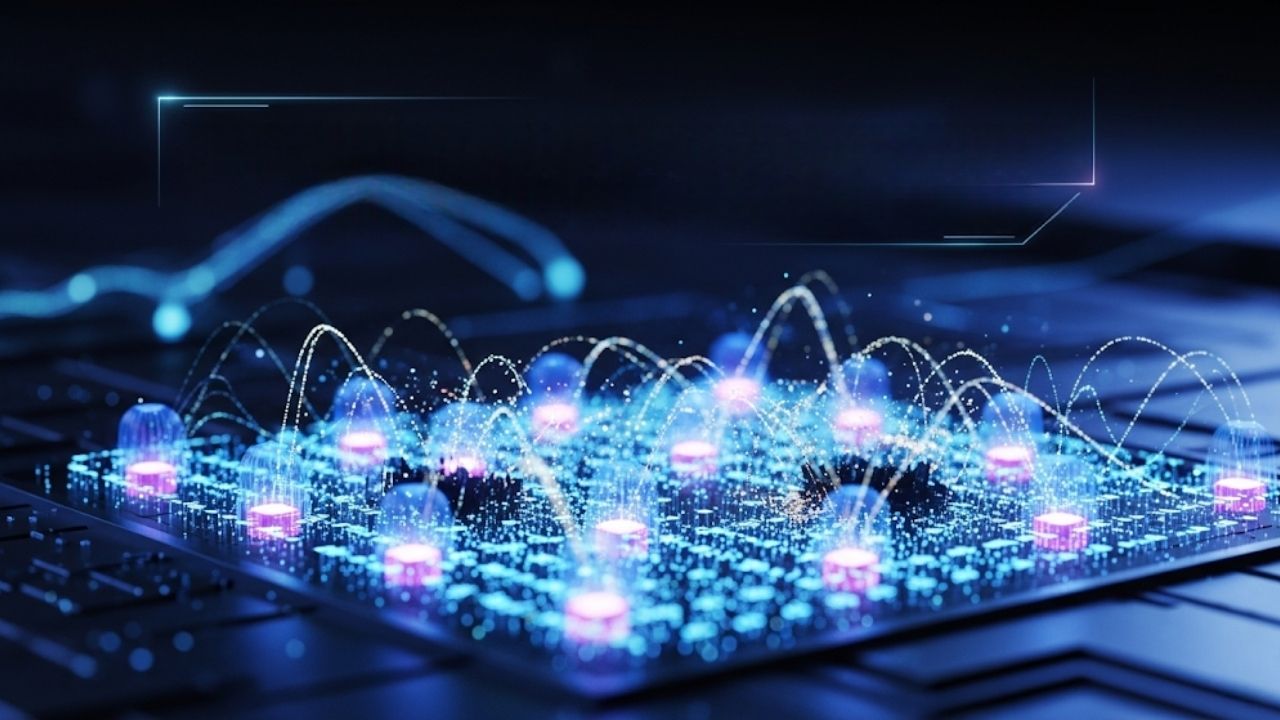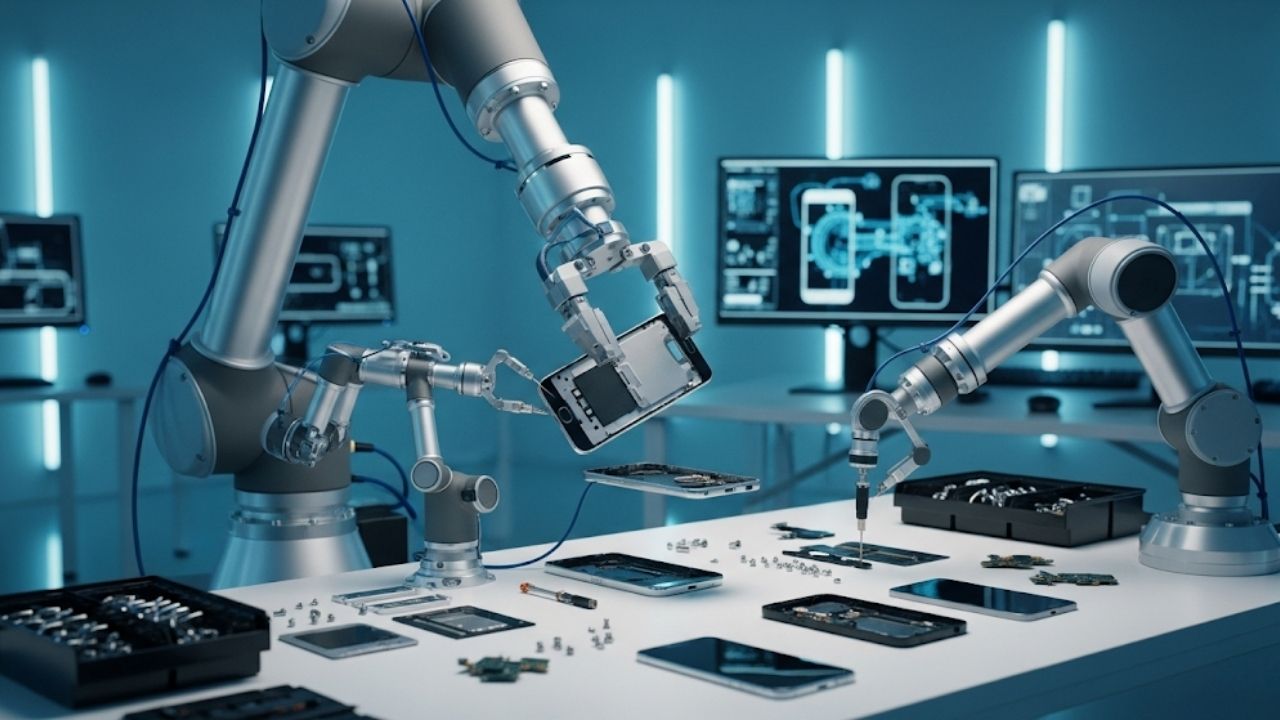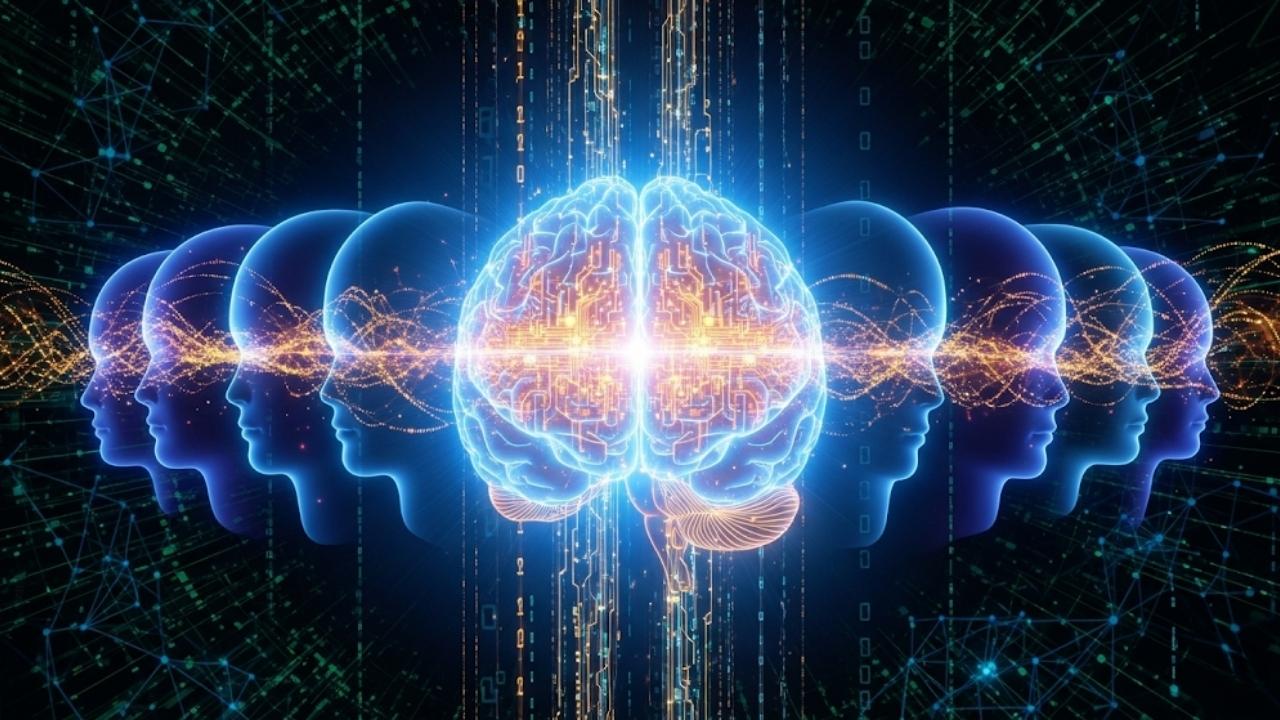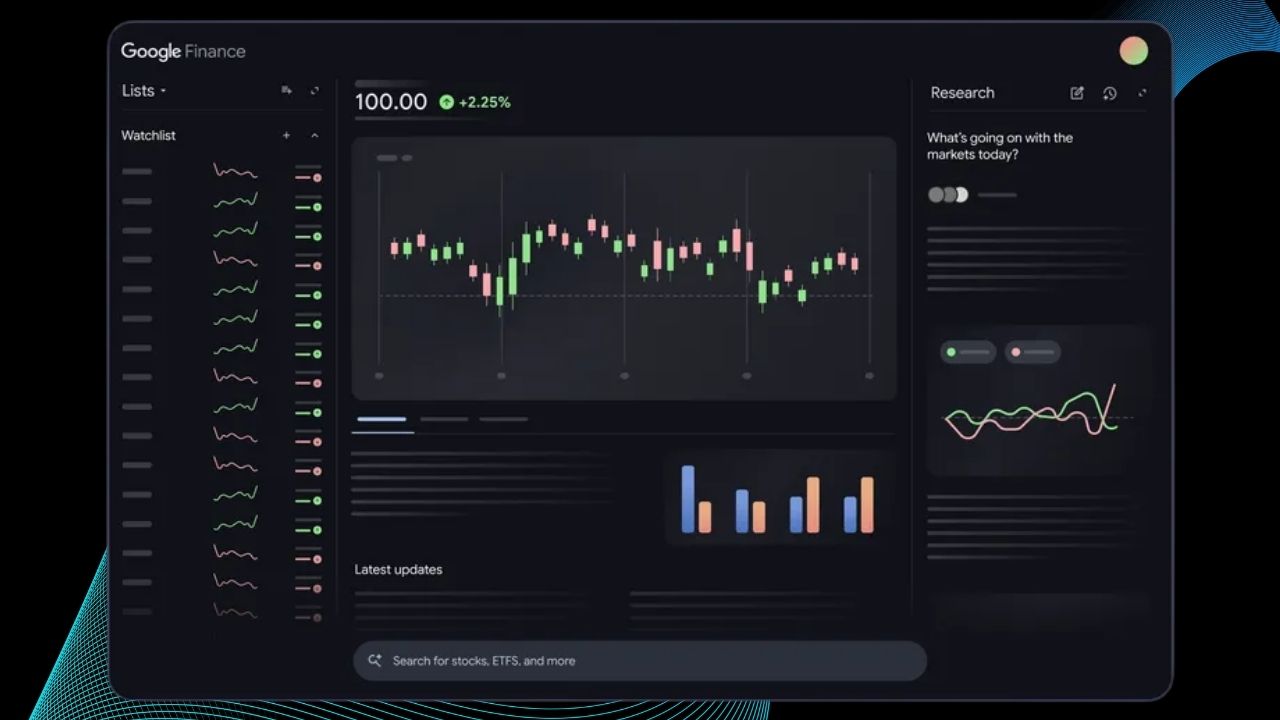The world of computing is undergoing a transformation that could change how we think about artificial intelligence, data processing, and even our daily digital experiences. At the heart of this revolution is a new AI-powered chip that sets a record in brain-like computing—using only light and silicon. This innovation promises to make computers faster, smarter, and more energy-efficient, bringing us closer to machines that can think and learn like the human brain.
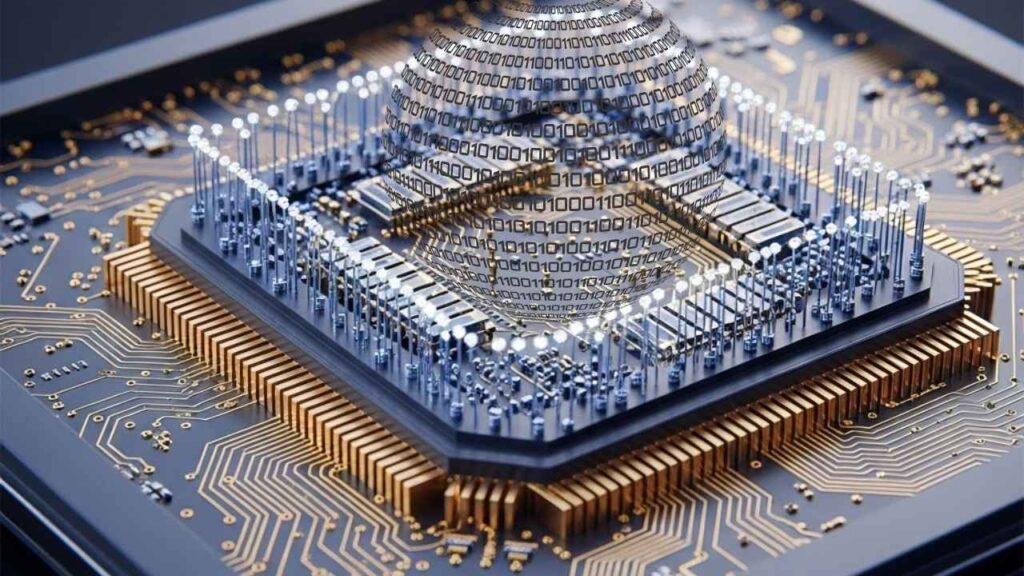
In this article, we’ll break down what this new chip is, how it works, why it matters, and what it could mean for professionals and everyday users. Whether you’re a curious student, a tech enthusiast, or a seasoned engineer, you’ll find clear explanations, practical examples, and valuable insights to help you understand this breakthrough.
AI-Powered Chip Sets New Record in Brain-Like Computing Using Just Light and Silicon
| Feature/Fact | Description |
|---|---|
| Technology | Silicon-photonic (SiPh) chip using light for computation |
| Speed | Can process and classify nearly two billion images per second |
| Energy Efficiency | Uses less energy than traditional electronic chips |
| AI Training | Achieved over 97% accuracy on benchmark tasks |
| Scalability | Built on silicon, making mass production feasible |
| Security | Reduces hacking risk by eliminating memory storage |
| Professional Impact | Potential to transform AI, data centers, and edge computing |
The new AI-powered chip that uses just light and silicon is more than a technical achievement—it’s a glimpse into the future of computing. By combining the speed of light, the scalability of silicon, and the intelligence of brain-like architectures, this chip offers unprecedented performance, energy efficiency, and security. As it moves from the lab to the real world, it promises to transform industries, accelerate innovation, and bring us closer to computers that truly think at the speed of light.
What Is an AI-Powered Chip Using Light and Silicon?
Let’s start with the basics. Traditional computer chips use electricity to move and process information. These chips have powered our devices for decades, but as our need for speed and efficiency grows—especially in artificial intelligence—so do the limitations of electronic chips.
The new AI-powered chip, developed by engineers at the University of Pennsylvania, uses light instead of electricity to perform calculations. This approach is called silicon photonics. The chip is made from silicon, a material already used in most computer chips, but it’s engineered to guide and manipulate light at a microscopic scale.
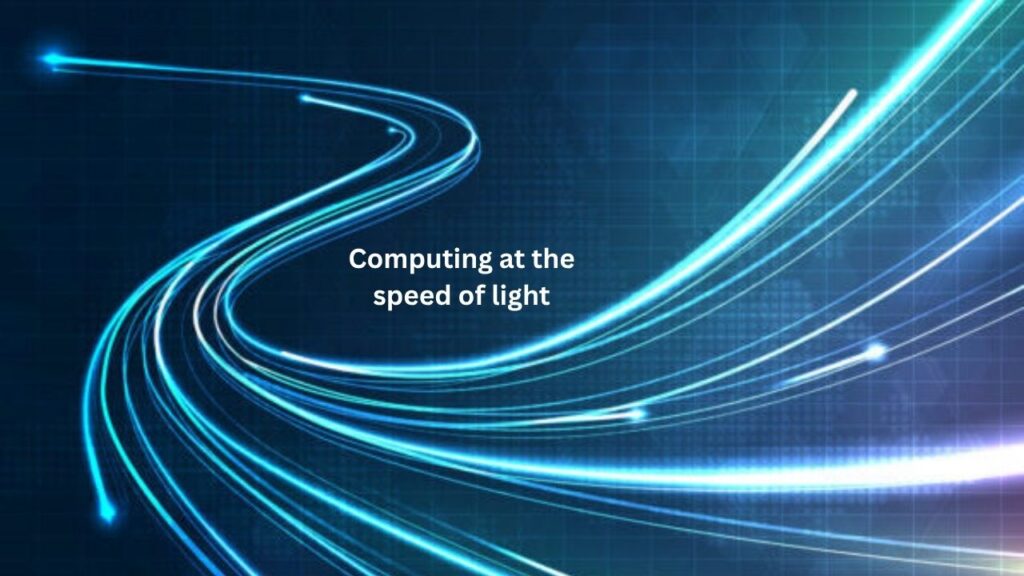
How Does It Work?
- Nanoscale Engineering: The chip’s surface is precisely sculpted at the nanometer level (one-billionth of a meter). These tiny structures control how light moves and scatters across the chip.
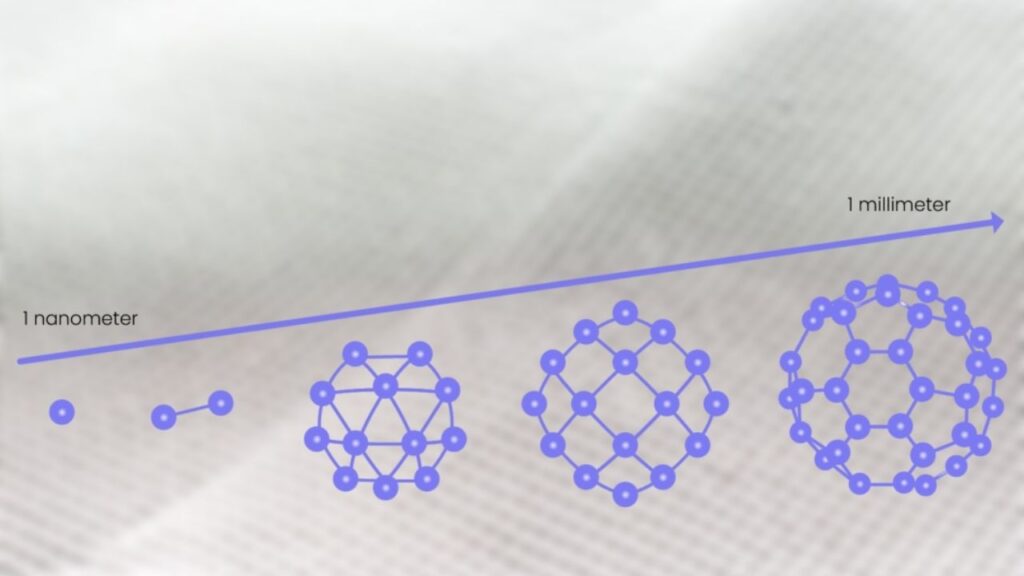
- Light-Based Computation: When light passes through these nanostructures, it performs mathematical operations essential for artificial intelligence, such as vector-matrix multiplication—a core process in neural networks.
- Programmable with Light: Recent advances allow the chip to be reprogrammed using light itself. By shining a special “pump” beam onto the chip, researchers can change how it processes information, making the chip highly adaptable.
Why Is This Breakthrough Important?
1. Unprecedented Speed
The chip can process and classify nearly two billion images per second. This speed is orders of magnitude faster than what most electronic chips can achieve today. For context, if you tried to look at two billion photos, it would take you over 60 years if you spent one second on each!
2. Energy Efficiency
Traditional chips generate heat and consume a lot of power, especially when running large AI models. By using light, the new chip drastically reduces energy consumption. This is a significant advantage for data centers, AI research labs, and even future consumer devices, helping to lower operational costs and environmental impact.
3. Brain-Like Computing
The chip’s design is inspired by the human brain. Like our brains, it processes information in parallel—many things at once—rather than step by step. This parallelism is crucial for tasks like image recognition, language processing, and decision-making, which are at the core of modern AI.
4. Enhanced Security
Because the chip processes data instantly and doesn’t store information in memory, it’s far less vulnerable to hacking. If there’s no stored data, there’s nothing for cybercriminals to steal. This feature could be a game-changer for industries where security and privacy are paramount.
5. Scalability and Real-World Use
Since the chip is made from silicon, it can be produced using existing manufacturing processes. This means it can be scaled up for mass production and integrated into current technology stacks, from powerful servers to edge devices.
The Science Behind the Chip: Step-by-Step
Step 1: Manipulating Light at the Nanoscale
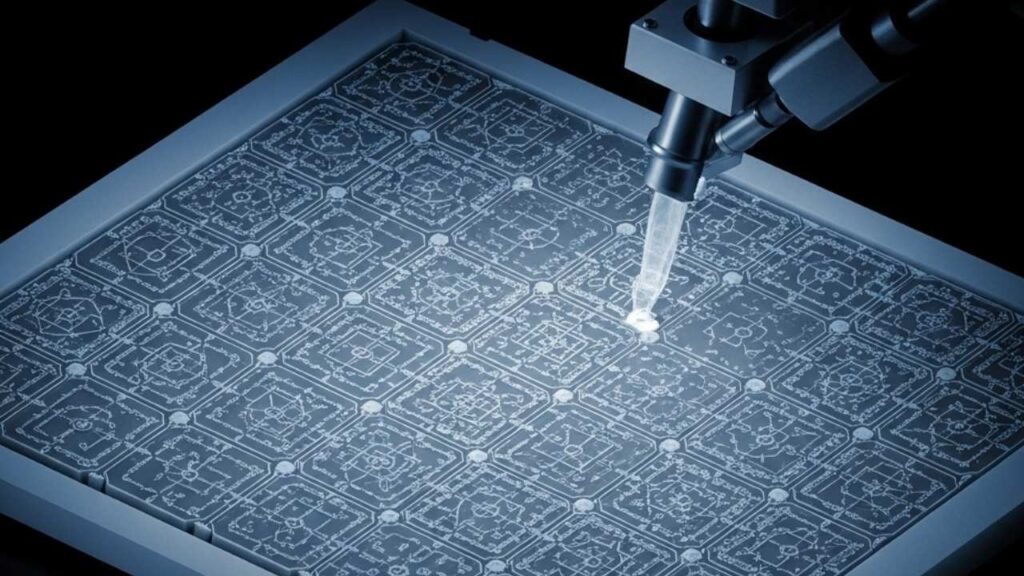
Engineers use advanced fabrication techniques to create patterns on the chip’s surface. These patterns are so small that they can control the behavior of individual light waves. By adjusting the thickness and arrangement of these features, the chip can perform specific calculations as light passes through.
Step 2: Programming with Light
The chip is not static. By shining a “pump” beam onto the chip, researchers can change its internal properties. This allows the chip to be reprogrammed for different tasks, much like how our brains adapt to new challenges.
Step 3: Parallel Processing
The chip contains layers of optical elements that act like artificial neurons. Information flows through these layers simultaneously, enabling the chip to handle vast amounts of data in real time.
Step 4: Real-Time AI Training
In laboratory tests, the chip achieved over 97% accuracy on standard AI benchmarks. It was able to learn and adapt quickly, using far fewer operations than traditional digital neural networks. This efficiency opens the door to smarter, more responsive AI systems.
Practical Applications: Where Will We See This Technology?
Healthcare
- Medical Imaging: The chip can process and analyze medical images (like MRIs or X-rays) in real time, helping doctors detect diseases faster and more accurately.
- Genomics: Rapid processing of genetic data could speed up research and personalized medicine.
Autonomous Vehicles
- Self-Driving Cars: The chip can instantly analyze data from cameras and sensors, making split-second decisions that improve safety and navigation.
Data Centers
- AI Training: Training large AI models currently requires massive amounts of energy and time. The new chip can accelerate this process while reducing power consumption, making AI more accessible and sustainable.
Cybersecurity
- Privacy Protection: By eliminating the need for memory storage, the chip makes it much harder for hackers to access sensitive information.
Smart Devices and Edge Computing
- Internet of Things (IoT): Devices like smart cameras, home assistants, and industrial sensors can benefit from faster, more efficient AI processing without needing constant cloud connectivity.
The Professional Impact: What Does This Mean for Careers?
For AI Engineers and Developers
- Faster Model Training: AI models can be trained in a fraction of the time, allowing for rapid experimentation and deployment.
- New Design Paradigms: Engineers will need to learn how to optimize algorithms for light-based hardware, opening up new avenues for innovation.
For Data Scientists
- Handling Larger Datasets: The ability to process more data, faster, means more accurate insights and predictions.
- Reduced Infrastructure Costs: Lower energy requirements can translate to cost savings for organizations.
For Cybersecurity Experts
- Stronger Security Posture: The chip’s architecture offers new ways to safeguard sensitive data, especially in critical industries like finance and healthcare.
For Hardware Designers
- Innovation Opportunities: As silicon photonics becomes mainstream, there will be demand for new hardware designs and integration strategies.
For Healthcare Professionals
- Smarter Tools: Enhanced diagnostic tools and faster data analysis can improve patient care and outcomes.
Meta Launches New AGI Lab to Dominate the Future of Artificial Intelligence
Israeli Scientists Reveal the World’s First Brain-Like AI Chip That Teaches Itself
FAQs About AI-Powered Chip Sets New Record in Brain-Like Computing Using Just Light and Silicon
What is a silicon-photonic chip?
A silicon-photonic chip is a computer chip that uses light (photons) instead of electricity (electrons) to process information. It’s made from silicon and can be manufactured using existing chip-making technology.
How fast is this new AI chip?
The chip can process and classify nearly two billion images per second, making it one of the fastest AI chips ever created.
How does this chip save energy?
Light travels faster and with less resistance than electricity, so the chip uses much less energy to perform the same tasks as traditional chips.
Is this technology available now?
The chip has been successfully demonstrated in laboratory settings and is moving toward commercial applications. It can be integrated into existing systems and used for a wide range of AI tasks.
What makes this chip more secure?
By performing calculations instantly and not storing data in memory, the chip reduces the risk of hacking and data theft.
Will this replace traditional computer chips?
While not an immediate replacement, silicon-photonic chips are expected to play a significant role in the future of computing, especially for AI and data-intensive tasks.
The Future: What Comes Next?
The development of this AI-powered chip is a major step forward, but it’s just the beginning. As researchers continue to refine the technology, we can expect even greater improvements in speed, efficiency, and adaptability.
Potential future directions include:
- Integration with Quantum Computing: Combining silicon photonics with quantum technologies could unlock even more powerful computing capabilities.
- Wider Industry Adoption: As manufacturing scales, we’ll see these chips in everything from smartphones to industrial robots.
- New AI Algorithms: Light-based hardware may inspire entirely new types of AI algorithms, optimized for photonic processing.
